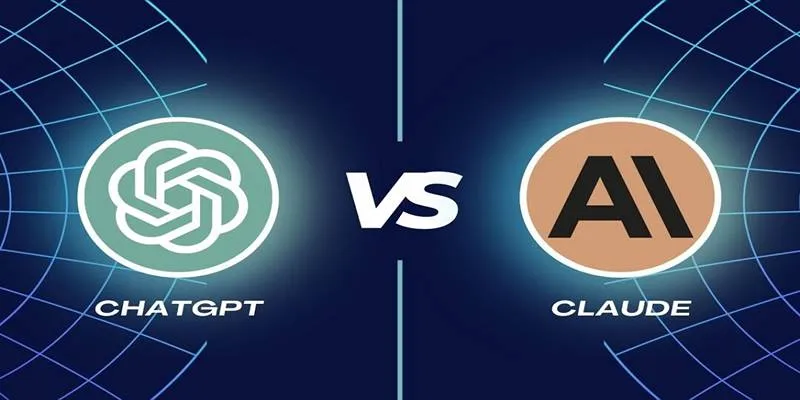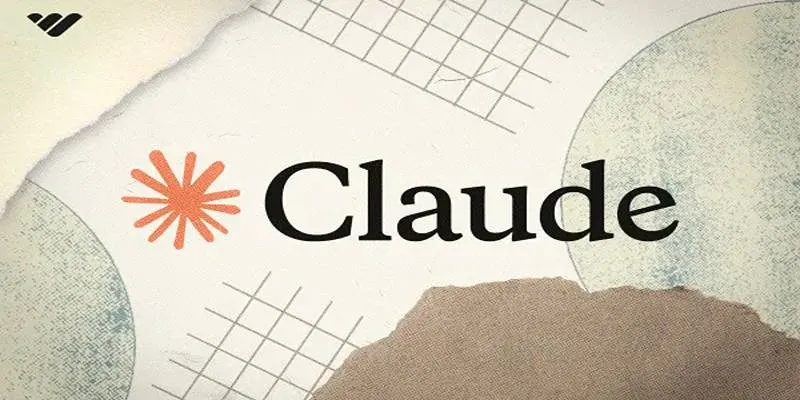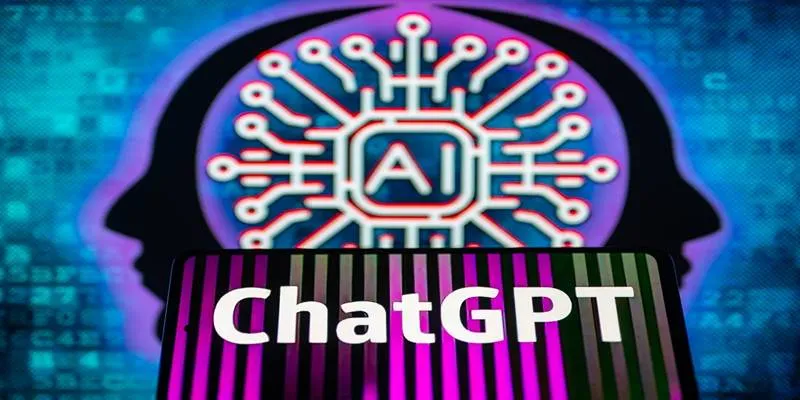The rise of AI tools is revolutionizing animation, making it more accessible and efficient than ever before. Whether you’re crafting explainer videos, social media content, or 3D models for games, these tools simplify the process, requiring only creativity and a few clicks.
In this guide, we will explore 11 top AI animation tools for 2025. Plus, we’ll demonstrate how to use one of them in a real project.
Top 11 AI Animation Tools for 2025
Runway
Runway is a popular platform for AI-driven video and animation. It transforms still images into motion or adds surreal effects to video clips. The “Motion Brush” tool allows selective frame animation, and custom model training offers enhanced control. Ideal for short-form content creators and artists looking for rapid prototyping.
Kaiber
Kaiber enables music video creation, animated art, and motion designs using prompts or images. Its standout feature is a timeline editor that allows animation flow control without extensive video editing skills. It’s popular among YouTubers and TikTok creators for transforming static concepts into dynamic clips.
Animaker

Animaker specializes in explainer-style videos and marketing animations. With templates, drag-and-drop characters, and voiceover features, you can import brand assets and build storyboards frame by frame. It’s perfect for businesses seeking a polished look without hiring a team of animators.
DeepMotion
DeepMotion is designed for motion capture, converting videos of people moving into 3D rigged animations without suits or sensors. It’s used in gaming, VR content, and realistic character modeling. Simply upload a video, and the AI maps body motion to a skeleton.
Pika Labs
Pika Labs focuses on short video generation from prompts. Just type what you want, pick a style, and wait for the output. It’s ideal for storytelling, reels, or digital art enthusiasts seeking quick animations. Although the results can be abstract, the tool is continually improving.
Adobe Firefly (Video & Animation)
Adobe Firefly now offers video and animation features, enabling motion generation from text prompts, lighting and camera angle adjustments, and blending real footage with AI effects. As part of Adobe’s ecosystem, it integrates seamlessly with Premiere Pro and After Effects, benefiting editors and designers.
Genmo
Genmo creates animated visuals and talking avatars, animating still images, generating narrated clips, or building virtual presenters. It’s popular among educators and marketers for low-effort video content. The beginner-friendly UI ensures fast outputs.
Synthesia
Synthesia is best known for AI avatars and is expanding into dynamic animations, featuring scene transitions, gestures, and branded visual effects. It’s great for training videos, onboarding clips, and internal team communication across global teams and departments.
Animatron Studio

Animatron Studio lets you create HTML5 animations with built-in characters, scenes, and audio options. While not fully AI-based, it includes features like auto lip-syncing and predictive scene transitions. It’s particularly useful for e-learning, digital marketing, and quick animated content creation for teams.
Luma AI
Luma AI converts real-world footage into 3D content using photogrammetry and neural rendering. It’s ideal for creating scenes, assets, or walk-throughs for games and AR/VR. Upload a video or photos, and the AI constructs a spatial model. It’s a strong choice for developers, 3D artists, and tech-savvy content creators.
Powtoon
Powtoon remains a strong choice for animated explainers. Although not deeply generative, it added AI tools that auto-generate scripts, create draft scenes, and add text-based animation. It’s business-friendly and popular in HR, education, and SaaS training content, especially for remote teams and internal presentations.
Using an AI Animation Tool: Kaiber Example
Kaiber is user-friendly for beginners yet flexible for creators who want control over their visuals.
Start by uploading a still image or entering a text prompt. For example, type “Cyberpunk city at night with neon lights and flying cars” into the prompt bar.
The platform provides preset styles—comic, 3D, oil paint, and surreal. Choose one and generate a preview. To adjust the flow, open the timeline tool, where you can modify animation duration, add frame transitions, and control camera movements.
Want to add music? Kaiber allows you to sync visuals with beats. Choose a sound or upload your own, and the animation will adjust accordingly. Export your final clip in MP4 or GIF format, creating an animated video in under 15 minutes without keyframes or editing software.
Conclusion
AI animation tools in 2025 have transformed content creation. You no longer need complex software or long hours to bring visuals to life. Whether crafting short clips, interactive videos, or 3D models, there’s a tool designed for your needs. Each platform offers a unique workflow, from drag-and-drop interfaces to motion capture or prompt-based animation. The key is to align your idea with the right tool and let it handle the details. What once required a team of specialists can now be accomplished solo. AI doesn’t replace creativity—it eliminates the tedious parts, allowing more time for storytelling.
 zfn9
zfn9























